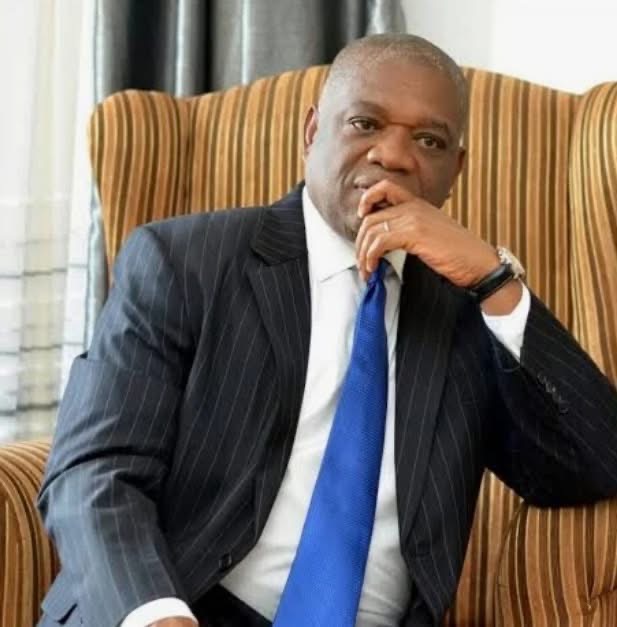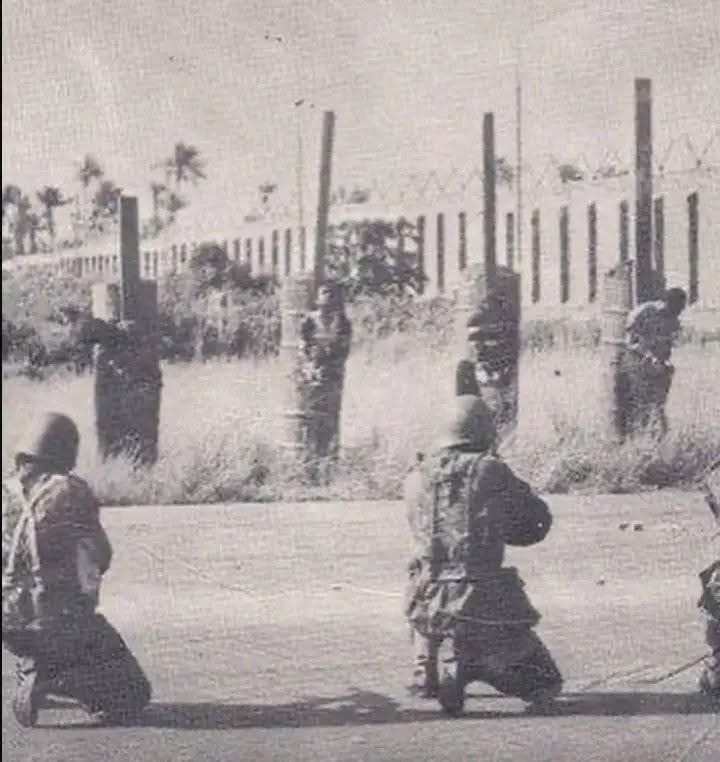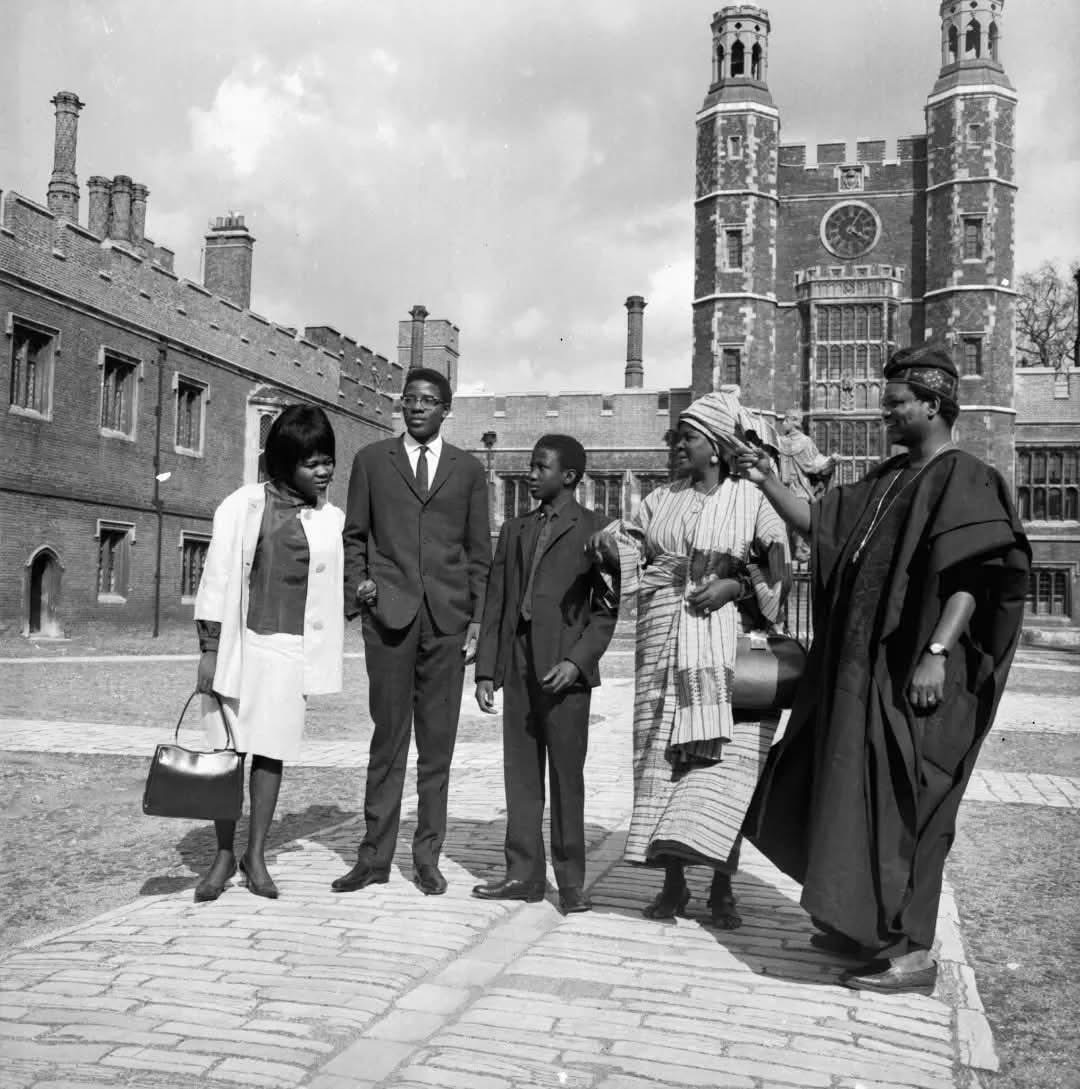Columns
Montreal police arrested seven people who are believed to have ties to an Italian Mafia clan on Wednesday morning.

Six men, ages 34 to 59, and a 44-year-old woman were arrested, said the Service de police de la Ville de Montréal (SPVM). Around 40 officers were involved in the operation.
The arrests, which mark the final phase of the Americano Project, were made in the boroughs of LaSalle and Verdun, as well as in Brossard.
ADVERTISEMENT
“It’s going to hurt traditional Italian organized crime in this area,” Francis Renaud, head of the SPVM’s organized crime unit, told reporters on Wednesday morning.
“We’re used to seeing traditional Italian organized crime in the Saint-Léonard area … but in LaSalle, it’s a well-hidden stronghold.”
Who are the suspects
The seven individuals, whom Renaud believes to be the “most influential people” in LaSalle, operated under the radar, he said. They were very well-known by the LaSalle community and some of them owned businesses.
Large-scale drug trafficking of cocaine was their specialty, said Renaud, and their team would sell drugs to resellers. Their clients were from all over the province.
Francis Renaud
Francis Renaud is the head of Montreal police’s organized crime unit. (Ivanoh Demers/Radio-Canada)
Renaud added that the individuals collaborated with other known criminal organizations, groups that would’ve previously been considered “enemies.”
ADVERTISEMENT
“In LaSalle, it’s pretty special,” said Renaud.
“The Italian organized crime [there] are not afraid to mix with other organized crime that we know, the bikers, the Irish, to make their business go on. And they’re getting along. That’s the special effect of LaSalle.”
Various charges
The suspects will appear at the Montreal courthouse by the end of the day.
Five of them are facing charges of committing an offence for the benefit of a criminal organization, drug trafficking and possession of substances for the purpose of trafficking, according to the SPVM.
Previous phases of the criminal investigation, which began in August 2023, led to the seizure in January and May 2024 of more than 32 kilograms of cocaine, over $2.2 million in cash, four kilograms of crystal methamphetamine, 12 firearms and several other items of evidence, said the police.
Three individuals who were previously arrested as part of the investigation have already appeared in court and were released. Renaud said they will appear again in court “probably with slightly more severe charges” than the initial charges they were facing.He explained that Wednesday’s operation included wiretaps, video surveillance and investigators working day and night for two years.
Renaud said “of course” the organization will find replacements for those arrested, which will force his unit to launch another investigation.
“It’s our job to monitor the intel and to see [who] is coming in to take the place and do the exact same thing again, and see you guys in a year or two,” said Renaud with a smile.
Columns
Orji Uzor Kalu

Orji Uzor Kalu MON (born 21 April 1960) is a prominent Nigerian politician, businessman, and former two-term governor of Abia State. He is widely recognized for his influence in both Nigeria’s political landscape and its private sector, particularly in media and diversified business enterprises.
Early Life and Education
Kalu was born in Abia State, where he grew up and began his early education. He later attended the University of Maiduguri but was suspended during a period of student activism. Despite the interruption, Kalu went on to build a successful entrepreneurial career before fully venturing into politics. Over the years, he completed various academic and executive programs, strengthening his profile as a businessman and public administrator.
Business Career
Before entering high-level politics, Kalu established himself as a successful entrepreneur. He is the Chairman of SLOK Holding, a business conglomerate with interests spanning:
trading
manufacturing
shipping
banking
oil and gas
His investments expanded both within Nigeria and internationally. Kalu also holds significant influence in the Nigerian media industry as the chairman and principal owner of The Daily Sun and New Telegraph, two widely circulated national newspapers. Through these enterprises, he has contributed to Nigeria’s media development, business growth, and employment generation.
Political Career
Kalu ventured into politics in the early 1990s. His major political breakthrough came in 1999, when he was elected Governor of Abia State, the first governor of the state under Nigeria’s Fourth Republic. He served two terms from 29 May 1999 to 29 May 2007.
During his governorship, Kalu focused on:
infrastructural development
education reforms
rural development
fiscal transparency
encouragement of local enterprise
He became known for his bold political style and his outspokenness on national issues. Kalu also played influential roles in national politics, aligning with various political parties at different times and serving as one of the notable political actors in Southeast Nigeria.
Senatorial Career
In 2019, Kalu was elected as the Senator representing Abia North Senatorial District in the Nigerian Senate. In the Senate, he has participated in legislative debates, sponsored bills, and advocated for policies supporting economic growth, regional development, and national unity.
Legal Challenges
Kalu faced legal controversies regarding corruption allegations linked to his time as governor. He was convicted in 2019 by a Federal High Court; however, the Supreme Court later nullified the conviction, citing procedural errors and ordering a retrial. The development became one of the most widely discussed legal cases involving a high-ranking public official in Nigeria.
Honours and Recognition
Kalu holds the national honour of Member of the Order of the Niger (MON). His political and business careers have earned him recognition across Nigeria and beyond, while his strong media presence continues to shape public discourse.
Personal Life
He is married and has children. Kalu maintains a significant influence in both political and business circles and continues to be an active figure in Nigerian public life.
Columns
THE EXECUTION OF THE 1976 COUP PLOTTERS IN NIGERIA

On Friday, February 13, 1976, Nigeria was shaken by a tragic and violent coup d’état led by Lieutenant Colonel Bukar Suka Dimka. The most devastating outcome of this failed coup was the assassination of the nation’s then Head of State, General Murtala Ramat Muhammed. He was gunned down in Ikoyi, Lagos, as he traveled unescorted to his office at the Dodan Barracks. His death sent shockwaves across the country and marked a dark chapter in Nigeria’s post-independence political history.
General Murtala Muhammed had only been in office for approximately 200 days, yet he was deeply admired for his bold reforms, anti-corruption stance, and efforts to return Nigeria to civilian rule. His untimely death sparked outrage, mourning, and swift retribution by the military establishment.
The coup, though partially successful in its initial hours, quickly collapsed. Loyalist forces, particularly those under the command of then Chief of Staff, Supreme Headquarters, Lieutenant General Olusegun Obasanjo, and General Theophilus Danjuma, regained control of strategic institutions. Dimka had temporarily seized the state radio to broadcast his justification for the coup, accusing the Muhammed regime of corruption and maladministration. However, his broadcast was cut short, and he fled Lagos.
Olusegun Obasanjo, after initial hesitation, accepted the call to leadership and succeeded Muhammed as Head of State. His new regime was determined to punish the conspirators severely and deter future insurrections. What followed was one of the most publicized military trials and mass executions in Nigerian history.
The Court-Martial and Executions
Over 100 military personnel and civilians were arrested in connection to the failed coup. Following military investigations and tribunals, dozens were convicted of plotting, aiding, or executing the coup attempt. The convicted officers were sentenced to death by firing squad, and the executions were carried out in two major rounds.
The first set of executions took place on March 11, 1976, at Bar Beach, Lagos, a location known at the time for public executions. Under the supervision of General Obasanjo’s military government, 31 individuals were executed, including senior officers, junior ranks, and one civilian. These included:
1. Major General I. D. Bisalla (former Commissioner for Defence)
2. Warrant Officer II Monday Monchon
3. Staff Sergeant Richard Dungdang
4. Sergeant Sale Pankshin
5. Lieutenant Colonel A. R. Aliyu
6. Captain M. Parvwong
7. Captain J. F. Idi
8. Captain S. Wakins
9. Lieutenant Mohammed
10. Lieutenant E. L. K. Shelleng
11. Lieutenant Colonel Ayuba Tense
12. Colonel A. D. S. Way
13. Lieutenant Colonel T. K. Adamu
14. Lieutenant Colonel A. B. Umaru
15. Captain A. A. Aliyu
16. Captain Augustine Dawurang
17. Major M. M. Mshelia
18. Lieutenant William Seri
19. Major I. B. Ribo
20. Major K. K. Gagra
21. Captain M. R. Gelip
22. Mr. Abdulkarim Zakari (a civilian who assisted in the radio broadcast)
23. Lieutenant Peter Ggani
24. Major Ola Ogunmekan
25. Lieutenant O. Zagmi
26. Lieutenant S. Wayah
27. Sergeant Ahmadu Rege
28. Sergeant Bala Javan
29. Warrant Officer II Sambo Dankshin
30. Warrant Officer II Emmanuel Dakup Seri
31. Major J. W. Kasai
A second round of executions took place between May 15 and 17, 1976, following the capture and trial of the coup leader and his key accomplices. This final round included:
32. Lieutenant Colonel Bukar Suka Dimka (leader of the coup)
33. Joseph D. Gomwalk (former Military Governor of Benue-Plateau State)
34. Lieutenant S. Kwale
35. Warrant Officer H. E. Bawa
36. Colonel I. Buka
37. Major J. K. Afolabi
38. H. Shaiyen
Dimka was captured after a nationwide manhunt and interrogation. During his trial, he remained defiant and refused to express remorse. His execution, along with the others, was carried out in secrecy, though public knowledge of it spread quickly.
These executions were meant to send a clear signal that treason and political instability would not be tolerated. While controversial, especially due to the scale and speed of the trials, the actions taken by the Obasanjo-led government reinforced military discipline and temporarily stabilized Nigeria’s political environment.
General Olusegun Obasanjo would go on to continue the reform agenda of the late Murtala Muhammed and, in 1979, became the first military leader in Nigeria to voluntarily hand over power to a democratically elected civilian government. This marked the beginning of Nigeria’s Second Republic.
The 1976 coup attempt remains one of Nigeria’s most defining political crises, remembered not only for the tragic loss of a visionary leader but also for the massive response it provoked from the military and the Nigerian public.
Columns
Tokunbo Akintola: The First Black African Student at Eton College

In April 1964, a quiet but historic milestone was recorded in the educational and social history of both Nigeria and Britain. On the 29th of that month, the family of Chief Samuel Ladoke Akintola—then Premier of the Western Region of Nigeria—stood proudly at Eton College in England as his son, Tokunbo Akintola, was formally admitted as the first Black African student in the school’s centuries-long history. At just thirteen years old, Tokunbo stepped into one of the most prestigious educational institutions in the world, a boarding school that had shaped the minds of British royals, aristocrats, intellectuals, and nineteen British Prime Ministers.
The photograph taken that day captures not merely a familial moment but a symbol of cultural diplomacy and evolving global relations. The Akintola family appears in a dignified blend of traditional Nigerian attire and modest Western clothing—a visual representation of their deep Yoruba roots and their engagement with the global stage. Standing at the centre is young Tokunbo, clad in his new school uniform, poised to begin an educational journey many could only dream of. Around him, his family offers a visible aura of pride, hope, and expectation.
Chief Ladoke Akintola, Tokunbo’s father, was by then one of the most influential political figures in Nigeria. A trained lawyer, seasoned journalist, and an orator known for his eloquence, he had risen to become Premier of the Western Region during a turbulent but significant period in Nigeria’s post-independence political evolution. His son’s admission into Eton represented both personal achievement and national symbolism—proof that African families could now step confidently onto platforms historically reserved for the British elite.
Eton College itself stood as an institution of immense reputation. Founded in 1440 by King Henry VI, it had become synonymous with leadership and privilege, producing generations of statesmen, military leaders, and members of the Royal Family. For centuries, its doors had remained firmly closed to Africans. Tokunbo’s arrival in 1964 therefore marked a quiet breaking of barriers, the beginning of a new chapter in cross-cultural educational exchange.
Tokunbo remained at Eton through the late 1960s, navigating the school’s rigorous academic environment and its deeply traditional culture. Those who remember him described him as gentle, intelligent, and quietly charismatic. Yet his life, promising as it was, would be a short one. Four years after leaving Eton, in 1973, Tokunbo Akintola died tragically at a young age, cutting short what many believed could have become a remarkable legacy in law, politics, or diplomacy—fields that seemed perfectly aligned with his upbringing and the reputation of his father.
Today, Tokunbo’s story endures as part of Nigeria’s broader historical narrative. It represents the aspirations of a generation of postcolonial families who sought to blend African identity with global opportunity. It also stands as a reminder of the contributions—and sacrifices—made by those who walked early paths of representation, carrying the hopes of their families and nations with them.
Source:
Getty Images archival description; historical records on Ladoke Akintola and Eton College.
-
Business1 year ago
US court acquits Air Peace boss, slams Mayfield $4000 fine
-

 Trending1 year ago
Trending1 year agoNYA demands release of ‘abducted’ Imo chairman, preaches good governance
-

 Politics1 year ago
Politics1 year agoMexico’s new president causes concern just weeks before the US elections
-

 Politics1 year ago
Politics1 year agoPutin invites 20 world leaders
-

 Politics1 year ago
Politics1 year agoRussia bans imports of agro-products from Kazakhstan after refusal to join BRICS
-
Entertainment1 year ago
Bobrisky falls ill in police custody, rushed to hospital
-
Entertainment1 year ago
Bobrisky transferred from Immigration to FCID, spends night behind bars
-
Education1 year ago
GOVERNOR FUBARA APPOINTS COUNCIL MEMBERS FOR KEN SARO-WIWA POLYTECHNIC BORI













